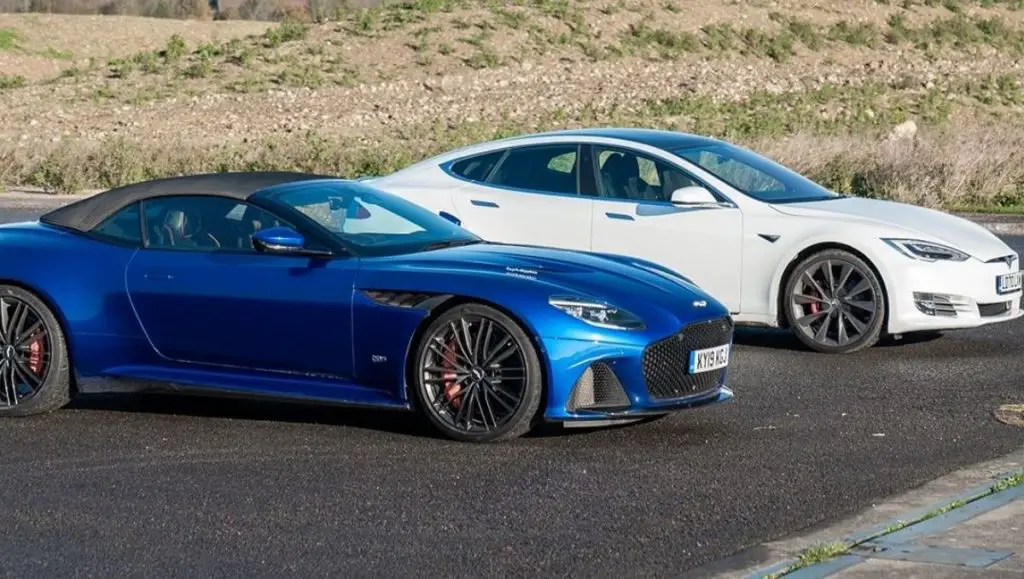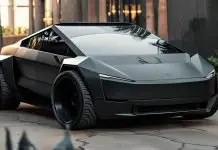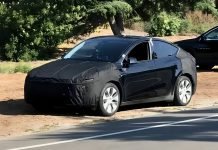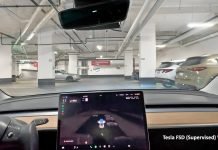Recently, a lot of motorsport enthusiasts are pitting electric cars against their combustion compatriots. We have seen lots of drag races between Tesla vehicles and combustion supercars. There are also different racing formats seen, from rolling races to quarter-miles. These contests help to provide an insight into the differences in performances between traditional gas-guzzling sports cars and the new battery-powered vehicles.
This time around, it is another fascinating contest between two highly-powerful cars. The Tesla Model S Performance has a new competitor on the track – the Aston Martin DBS Superleggera Volante. It is a race hosted by YouTuber “AutoTrader” on his channel.

Tesla Model S Performance Vs Aston Martin DBS Superleggera Volante
A Look at the Competitors
Let’s take a look at the Model S Performance first. An all-wheel-drive transmission with an EPA-tested range of 348 miles (560 km), the Model S Performance can accelerate from 0-60 mph (96.5 kph) in just 2.3 seconds. It can pull up to 778 bhp and 1144 N-m of torque. This Model S was also equipped with Cheetah mode. The dual-motor configuration, however, means that the car weighs 2235 kg.
On the other hand, the DBS Volante is all about performance too. It holds a 5.2-litre, bi-turbo V12 engine. It can accelerate from 0-60 mph in 3.6 seconds and has a rear-wheel-drive transmission. The V12 provides the DBS Volante with 715 bhp and 900 N-m of torque. It is the lighter one of the two, though, weighing 1863 kg.
The Contest
The contest between the two cars was in three different formats. The first was a standard quarter-mile drag race, starting from 0. The next would be a drag race with a rolling start. This was done to negate the Model S’s launch advantage. Finally, there would be a 0-100-0 race, where both cars would accelerate to 100 mph (161 kph), and immediately slam the brakes to get the car back to rest. The car which would come back to a halt in a lesser amount of time would be the winner.
The first race saw the Model S Performance easily trump the DBS. It was a very conclusive result, as the Aston Martin was extremely slow off the line as compared to the Tesla. As a result, the Model S sped off in the distance and was never challenged.
The second contest was much more competitive. The thought process was that a rolling start would negate the launch advantage for the Model S, and that is what somewhat happened. Both cars came to a constant speed of 60 mph (96 kph). The Model S got a better launch, but once it hit the limit, the DBS got much more closer. The pre-decided finish line meant that the Model S did get across first, but a little more distance on the track would have flipped the result.
Finally, they decided to carry out an acceleration+deceleration test. The Cheetah mode in the Model S once again came to the fore, as the Tesla reached the 100 mph (161 kph) much quicker. It also braked very well, as the Aston Martin took a long distance to reach a complete halt.
In the end, the Model S came up trumps in all three formats, but the rolling start race could have gone either way.
Our Opinion
This contest between the Model S Performance and DBS Superleggera Volante was very interesting on paper. The Model S had more power and a lot more torque. Being an electric vehicle, it had an advantage going into the drag race. But being equipped with two motors has its disadvantages as well, as the Tesla weighed almost 400 kg more. But even with a lighter body, the Aston Martin failed to catch up with the Model S in either of the three races. And if the performance does not sway you towards the Model S, the price surely will. That is because the DBS costs close to $334,000, more than three times what the Model S Performance does.
You can watch the full video of this contest here:


















